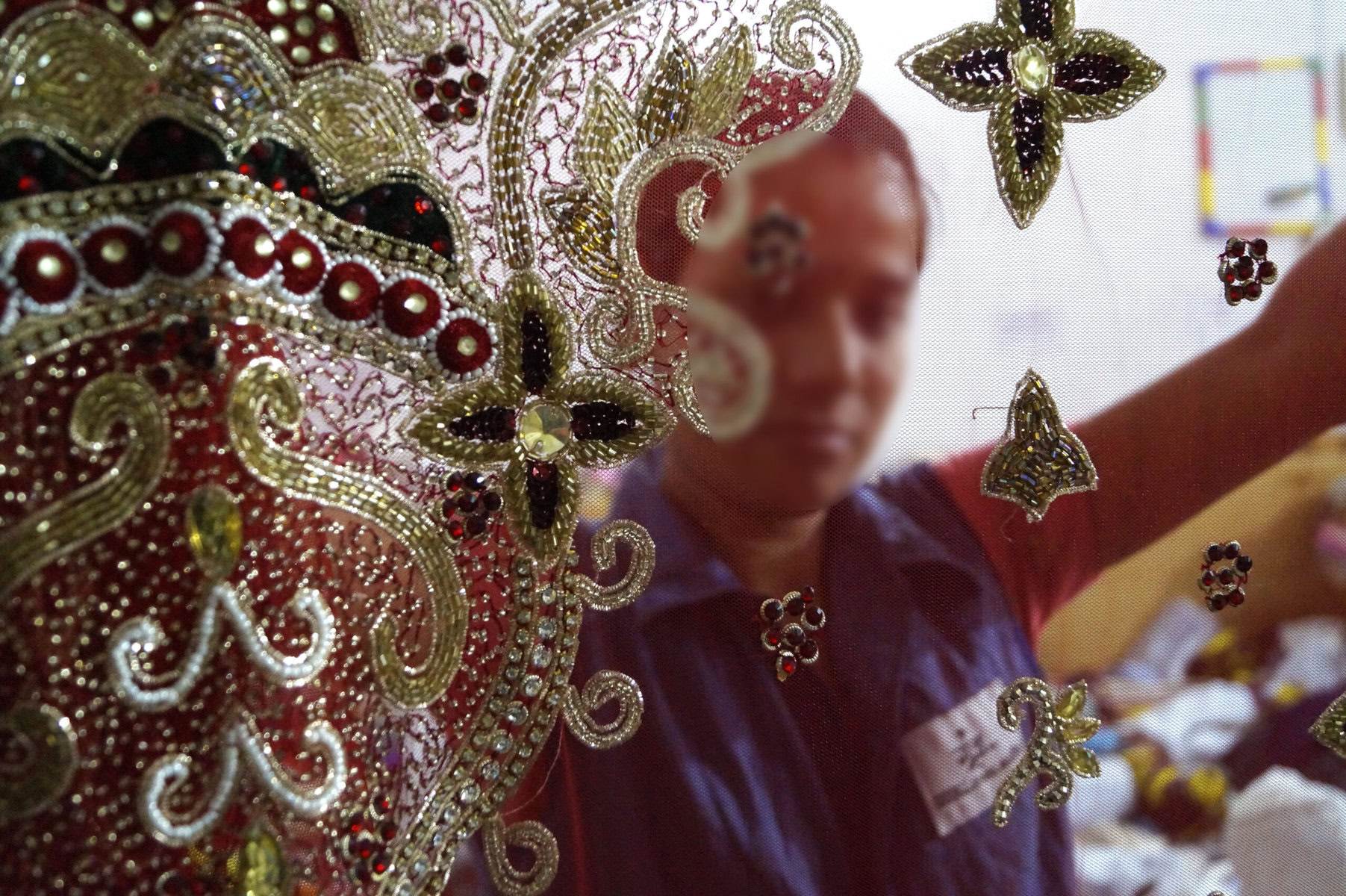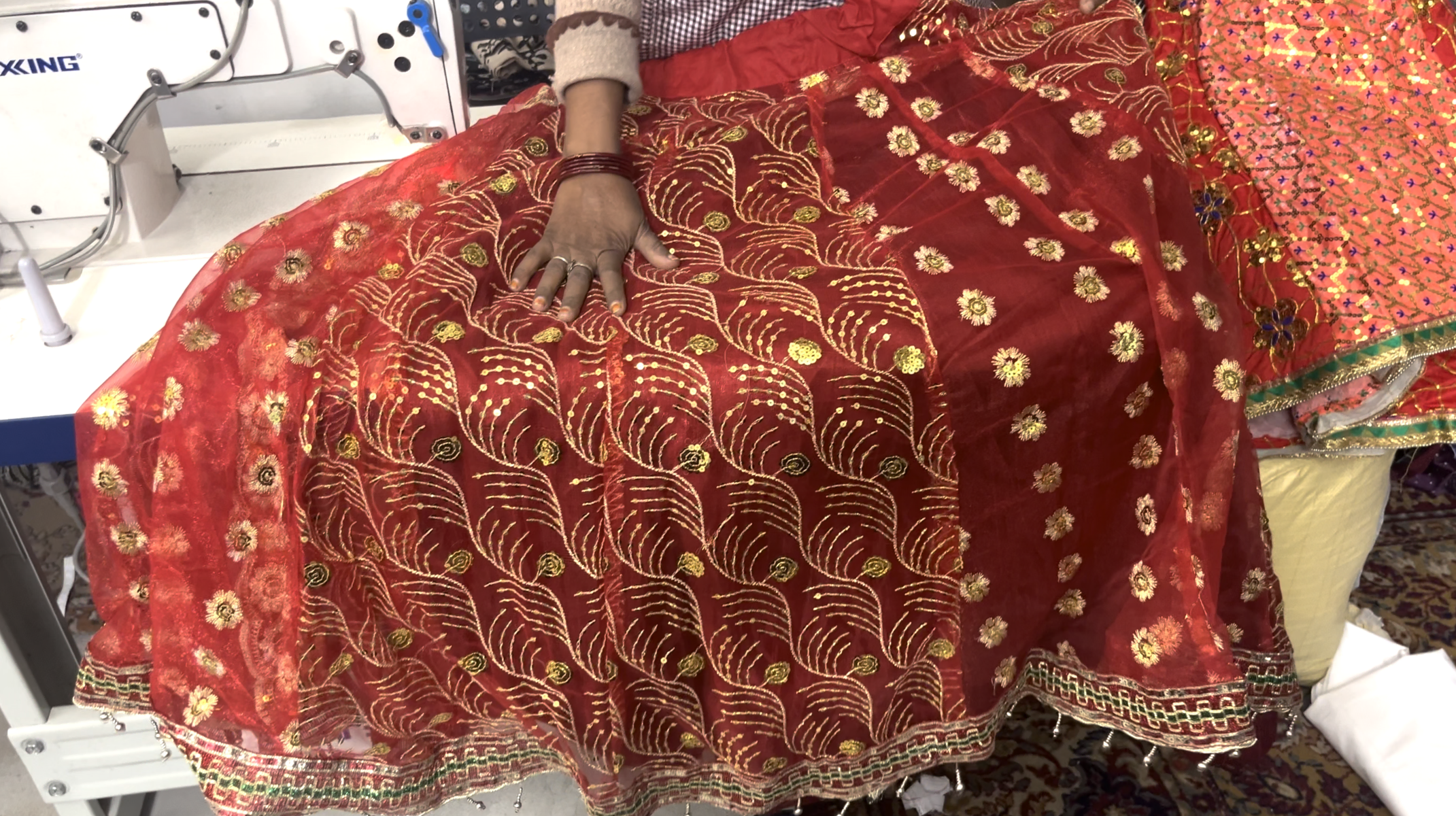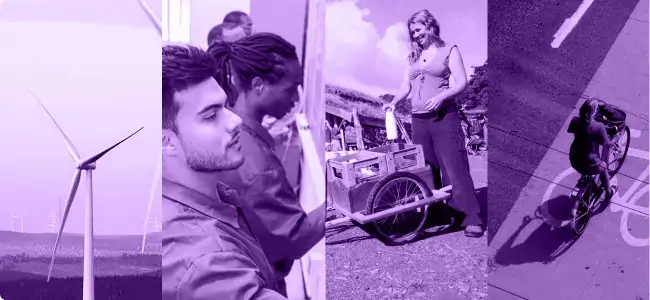When the Ambanis — India’s richest family and owners of the country’s largest public company, Reliance Industries — started a five-month-long celebration of their son’s wedding in March 2024, it caused a media frenzy. Featuring cruises on the Mediterranean, concerts by artists like Andrea Bocelli and Justin Bieber, and a Mumbai venue dressed up to look like the narrow alleys of Varanasi, the celebrations cost a rumored $600 million.
Around the same time, about 750 miles away, Shiv Pujan Tiwari took a loan of Rs 10 lakh (under $1,200) for his daughter’s wedding at a rate of 15 percent interest from a moneylender. “The bank would have given me a better rate, but I have no collateral,” says the marginal farmer. “My daughter is happily married now, but I’ll be paying off the debt for the next several years.”

India’s wedding industry ranks second globally, behind only China. But parallel to the stories of fairytale brides, exotic locations and romantic rituals runs the narrative of the “other” India, which people like Tiwari inhabit. Societal pressures, as well as aspirations fueled by media coverage of big fat Indian weddings, compel parents to spend an average of about $15,000 on a celebration. Many, like Tiwari, have no option but to take high-interest private loans, given that the national per capita income is about $1,260. “Wedding traditions today are driven by the rising aspirations of Indians, fueled partly by the 24/7 media coverage of high-profile events like the Ambani wedding,” Magsaysay awardee Anshu Gupta says. The founder of the Delhi-based NGO Goonj, which works on poverty and disaster relief across India, he has observed, over decades, how wedding expenses lead to debt traps that are hard to recover from.
But there is good news. Across the country, new and old ways to share, recycle and reuse wedding clothes and other paraphernalia are slowly changing mindsets — while keeping the exuberance and joy of Indian weddings alive.
“Circularity is a modern buzzword,” Gupta says. “But it has always been around in India.” For example, charities and even individuals would sponsor mass weddings for families who could not afford the expense, a practice that continues to this day. Different castes often had banks of shared resources like crockery, mattresses and tents, which only their members could use when needed. In fact, bartan (utensil) banks are still found across the country.

Unfortunately, these thrifty practices have become somewhat tainted by the stigma of poverty. “I didn’t want my community to know that I didn’t have enough money to get my only daughter married,” Tiwari, who chose not to participate in a mass wedding or use the local bartan bank, says. Instead, he discreetly rented his daughter’s bridal outfit for about $75, a considerable expense, but one-fifth the cost of buying one. With the loan amount, he bought some gold jewelry, gifts for the groom and his parents, and financed a wedding party for 500 guests. All this forced the small-scale farmer to descend into what Gupta refers to as “the financial hell caused by high consumption rural weddings.”
Weighed down by negative news?
Our smart, bright, weekly newsletter is the uplift you’ve been looking for.But Goonj (which means “echo” in Hindi) has reimagined this traditional sharing culture. Since 1999, the NGO has collected items that the urban rich no longer have use for, and repurposed them into products that incentivize the rural poor into taking community action. Gupta cites an example: When providing disaster relief, Goonj offers clothes, blankets and other necessities not as dole, but as payment for clearing flooded or damaged areas in the vicinity. “This way, people get what they need, when they need it, without compromising their dignity,” he says. “And urban castoffs become tools for rural change.”
To reduce rural debt, Gupta decided to apply the Goonj model to weddings and other large-scale celebrations.
On a balmy November morning, trucks offload cartons of new and used clothes, household utensils, school supplies and more at Goonj’s collection center in Delhi. These are sorted into piles of wedding dresses; silk, satin and embroidered fabrics; cosmetics; dainty slippers and more. Next door, 42-year-old Vinda Devi matches colors and patterns to create wedding lehengas, skirts.
“Some of these are old wedding clothes, others are richly ornamented textiles with which people adorn religious icons. People don’t like throwing them with other waste as they’re sacred — so they throw them into rivers and waterways, which pollutes the environment,” Devi says, shaking out a gorgeous red and gold scarf. She cuts it into panels, matches the fabric with two others from her store, and just like that, they coalesce into a vibrant bridal outfit. “This is so beautiful because we’ve stitched our love and blessings into it,” she says. “We’ve all been there, we know what it is like to be poor and still want a nice wedding!”
Goonj does more than simply repurpose wedding dresses — they collate entire wedding kits containing shoes, glass bangles, cosmetics, bed sheets, suitcases, blankets, utensils and more. Reena Pokhriyal is one of the many brides whose wedding costs were eased by a Goonj kit. Her family in the North Indian state of Uttarakhand could not afford a grand trousseau. So they applied to the local government body for a wedding kit from Goonj. When it arrived, Reena was especially elated to find a hamper of cosmetics that she would have never been able to afford. Her family estimates the kit helped them to save over $200 USD.

In the last decade, over 2,000 families have used these kits, and many have gone on to share them with others in their communities. Additionally, Goonj’s dedicated sorters also compile community-owned pandaal (wedding tent) kits with plates, glasses and even blankets and mats. “Using these mitigates the waste generated by weddings and also enables families to make the wedding arrangements close to their home, which further reduces wedding expenditure,” Gupta says.
Today, across the country, similar banks of shared resources have come up to reduce the consumption and waste generated by weddings.
Two hundred fifty miles from Delhi, the phone rings in the office of a local NGO, Earthaat Foundation, in Uttar Pradesh’s Kanpur district. It is a request for 50 stainless steel plates, glasses and spoons for a three-day wedding. The NGO’s founder Nitesh Sachal has the utensils counted, cleaned and sent.
“If it weren’t for us, they might have bought styrofoam dinnerware for this purpose,” he says. “I have grown up in Kanpur and in my lifetime have seen plastic choke all the rivers and water bodies, fields … the entire environment!” It was to address the issue of plastic waste that the foundation started an environmentally friendly alternative: Apna Bartan Bank (My Utensil Bank). Since 2022, it has loaned over 200,000 crockery sets to people hosting weddings, birthday parties and even sports tournaments, all free of cost. “We think of it as having saved that many toxic single-use plastics from the landfill, from being consumed by urban animals, and polluting our soil and water,” Sachal says.
Unlike traditional utensil banks, Apna Bartan Bank is free to use, irrespective of caste or religion. Although 52 percent of their client base is made up of repeat users, barely 40 percent end up making a donation. For the project to be truly sustainable and replicable, Sachal says, they need to devise a payment model that offers a competitive alternative to the environmentally disastrous disposables available in the market. It is also labor-intensive: “Although we ask for borrowed utensils to be washed before return, we re-wash and dry everything again,” he says. “As with any shared resource, maintaining utmost hygiene is our top priority but also a challenge.” Even as we speak, the NGO founder, an electrical engineer by training, is washing plates.
But every time he goes to a client’s party and sees the penny drop in someone’s eyes when he describes the hazards of using plastic and styrofoam, Sachal feels it is all worth it. “My labor is nothing compared to the time and effort needed to rid the planet of plastic and styrofoam waste…” he says. “Washing a few plates suddenly seems like a small price to pay, don’t you think?”





